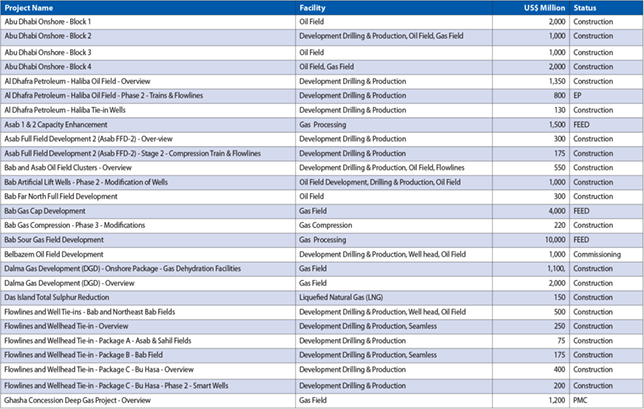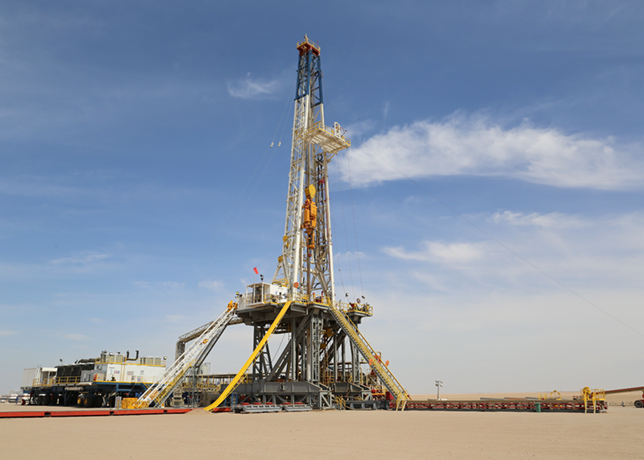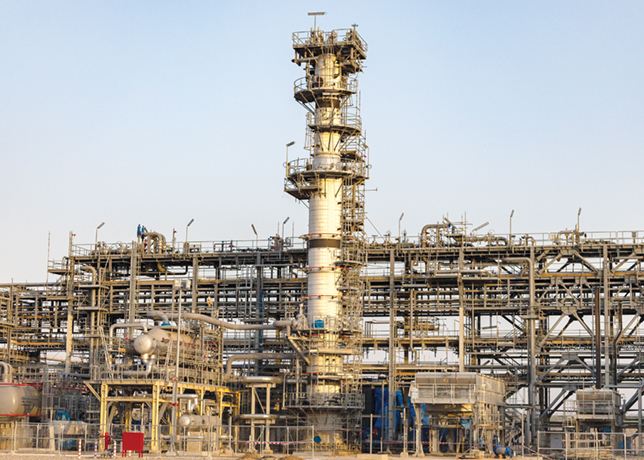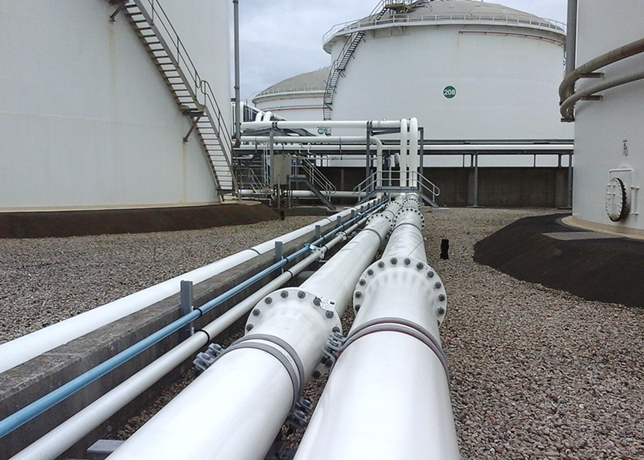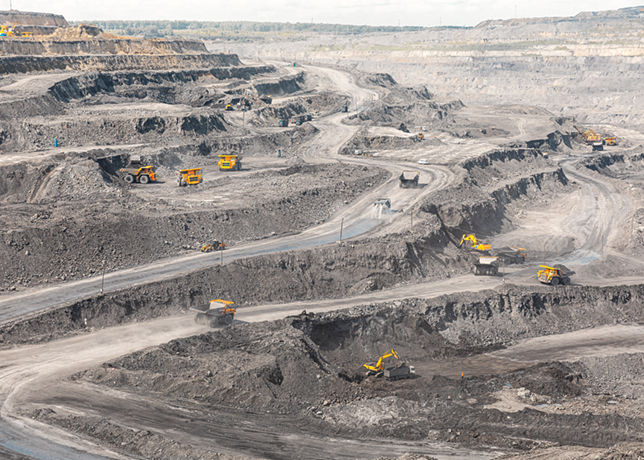
‘Abu Dhabi Art, Talks and Sensations,’ an event organised in partnership with Abu Dhabi Authority for Culture and Heritage and Tourism Development and Investment Company (TDIC), discussed Arab aesthetics in contemporary art world.
The programme presented a multi-faceted series of presentations and live performances addressing the topic of art in Arab World.
The event coincided with the Middle East’s leading modern and contemporary art fair, 'artparis Abu Dhabi 2008,' which concludes on November 21 at Emirates Palace.
Curators Ferestheh Daftari (MoMA New York), Martina Corgnati (Turino) and Dr Alka Pande (Habitat Centre, New Delhi) offered snapshots of contemporary Arab art, discussing the West’s fascination with Orientalism and artists’ unique perceptions of their own ethnicity and identities.
A selection of witty video installations by Adel Abidin, born in Baghdad and raised in Finland, addressed the particularities of being Arab in the Western world.
Another emerging artist featured in 'Abu Dhabi Art, Talks and Sensations was Egyptian/American artist Youssef Nabil, who discussed his series of self-portraits with event moderator Fabrice Bousteau, editor of leading French art magazine ‘Beaux Arts’.
Youssef explored the issue of transience for Arabs in foreign lands and his own impressions of leaving strange lands and the impressions he leaves behind.
German philosopher Peter Sloterdijk encouraged the audience to accompany him on a cerebral journey as he explored the nature of community ‘spheres’.
Sloterdijk cited Abu Dhabi’s emergence in the international art world, suggesting that the UAE’s capital will lead the way for global intellectual and creative endeavors into the 21st century.
A highlight of the evening was a conversation between Mubarak Al Muhairi, TDIC’s managing director and Fabrice Bousteau on the transformation of Abu Dhabi in the last 40 years and its growing significance in the global finance, commerce and art worlds.
Al Muhairi cited the plans for Saadiyat Island’s Cultural District, which will house the world’s single largest cluster of premier cultural institutions, as central to Abu Dhabi’s vision to take centre stage in the arts and cultural world of the 21st century.
A rousing poem performed by Sidi Mohamed Ould Bemba - the ‘Prince of Poetry 2008’ – concluded the evening’s symposium performance, celebrating contemporary Arab creativity while acknowledging the rich tradition and history of its past.-TradeArabia News Service



